Digital Design Ecology
Digital Design Ecology
Jessie Rogers1 , Marc Aurel Schnabel2
1,2Victoria University of Wellington 1 rogersjess

Figure 1 (Left) Relationship of the designer (D) to the technologies with the designer in the centre of all activities (Maver and Petric, 2003). (Right) Design cycle that advocates the design is in the centre of all activities (Schnabel et al. 2004).
This paper evaluates, along with expert assessment, the novel, evolving and creative instruments employed for a digital design process. Applications within this paper derive outputs which are attention-grabbing. These include Agent Simulations, Artistic Image Processing, Realistic Site Geometry, Projected 3D Space Sketching, Immersive 3D Space Sketching, Rhinoceros3D, Grasshopper3D, Fuzor, and Immersive Virtual Reality Presentation.

Figure 2 Interconnective Design Methodology Ecosystem
The expert evaluations conclude that all design instruments and methodologies implemented within the digital design ecology work together well for educational purposes. Within the professional practice, however, the various tools could be implemented seamlessly; whereas some of them would not suit the industry from a time-cost perspective. Throughout this paper reason and insight becomes explained and is clear as to why various applications should be selected within various modes of operandi for design processes.
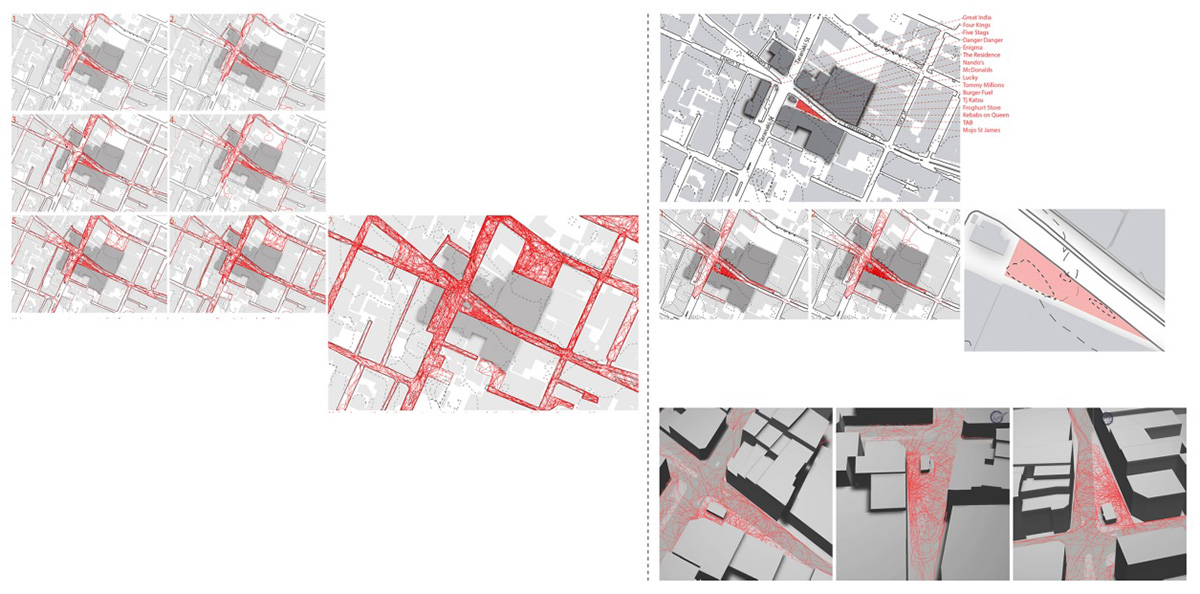
Figure 3 Quelea Agent Simulation
Diving into the digital culture of intricate and complex design systems laid out as a simplistic tactic. Aiming to aid the processes of design carried out by educational institutions and architectural professionals. Breaking out of the norm, also called the traditional design methodology of persisting within a singular typical design processes, which occurs throughout all architectural education and professional practices.
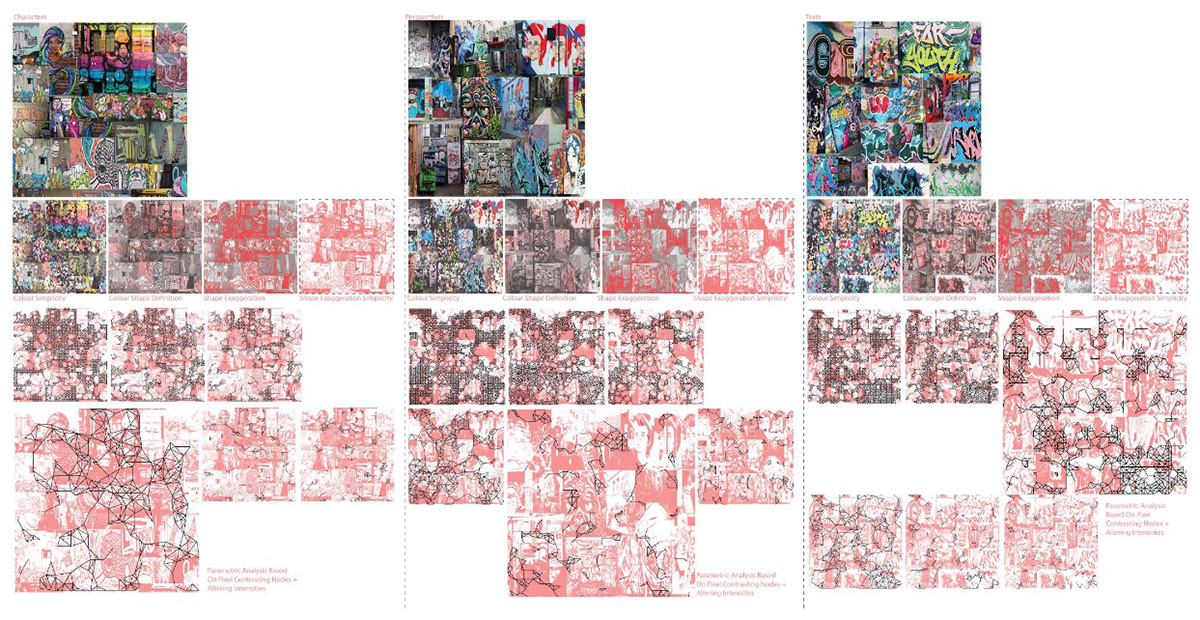
Figure 4 Graffiti Image Processing
Here this paper will explore and evaluate the processes expressed as a qualitative analysis throughout the paper Digital Culture: An Interconnective Design Methodology Ecosystem (Rogers et al. 2018), that has arrived by expert evaluation and assessment. Determining whether the use of such tools is viable within educational institutions and architectural professionals.
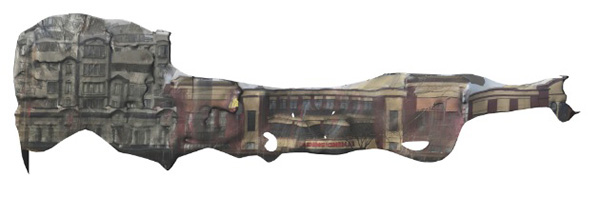
Figure 5 Courtenay Place, Wellington Photogrammetry
The motivation for this research derived from the continuous production of orthogonal designs carried out by the majority of students and many professional practitioners (Schnabel et al. 2007). Software commonly used by these individuals and institutions is a significant factor for this outcome, along with the materials used within the construction phase (Abdel mohsen 2013).
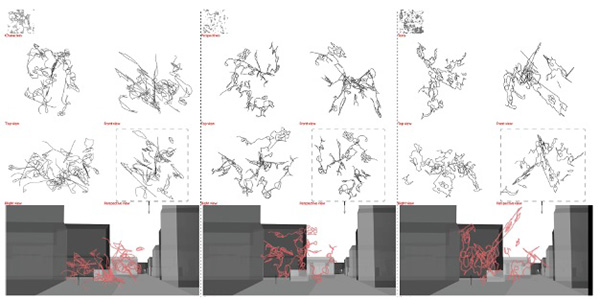
Figure 6 Hyve 3D Sketching and Import into Rhinoceros3D
Architectural design programs traditionally building structures tend to commonly be built from concrete and steel which explains the desire for orthogonal buildings, however, this creates a very rigid landscape and skyline.
Limited options or examples exist where this strategy has been or is being used in a professional capacity. “There are minimal examples of the profession revealing to the public how they undertake a design project, typically the outcome is the only revealed aspect unless a detailed examination of the work and how things have been put together is carried out” – expert one.
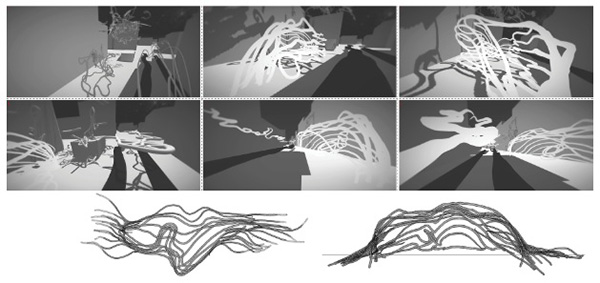
Figure 7 Google Tilt Brush Immersive Virtual Reality Sketching with Rhinoceros3D Contextual Building Masses
It will always be difficult to see the way in which different practices work without intruding. Expert one also said, “Agent simulations are a great new way to generate data to draw from as a creative practitioner, a new option for the design process”.
Expert three confesses, “the system remains too conceptual, speculative and experimental for a practice of whom is more concerned with the final product of a design process”. “It is quite rare that a professional within practice would use this, it seems to provide complexity and richness, but I think fundamentally its two-dimensional.
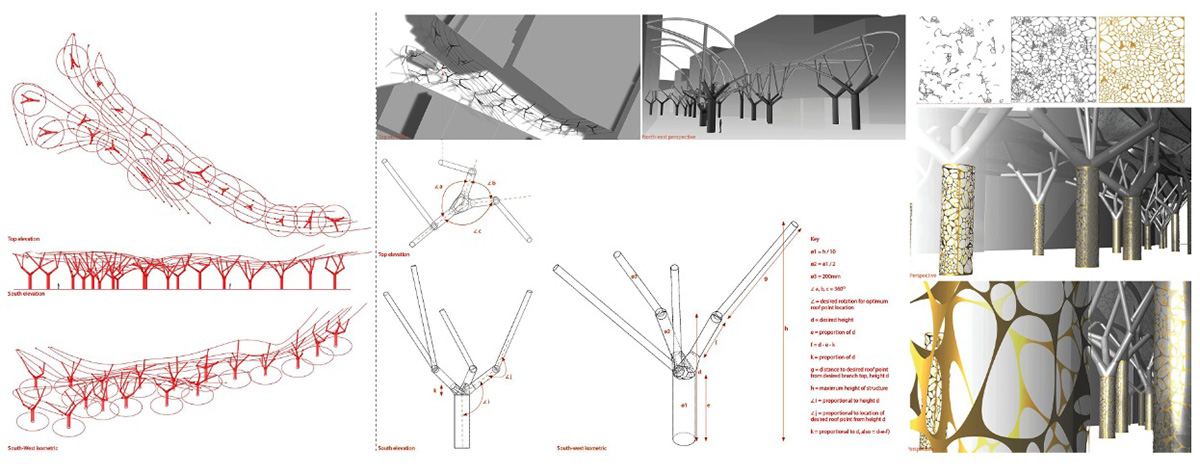
Figure 8 Rhinoceros and Grasshopper Parametric Design of Column Placement and Lattice Design.
We can then use digital tools to generate 3 dimensional forms out of these, but it is to a certain extent a rich sketch tool, at the very early end of the design process,” exclaims expert one. Here this tool is not foreseen as being a valuable tool for practice.
Exception occurs in the case of projects dealing with facades and two-dimensional imagery such as stencilling into the glass or other materials for a purely visual effect (Goldman and Zdepski 1990). Typically, the architectural discipline is obsessed with three-dimensions when it comes to frameworks.
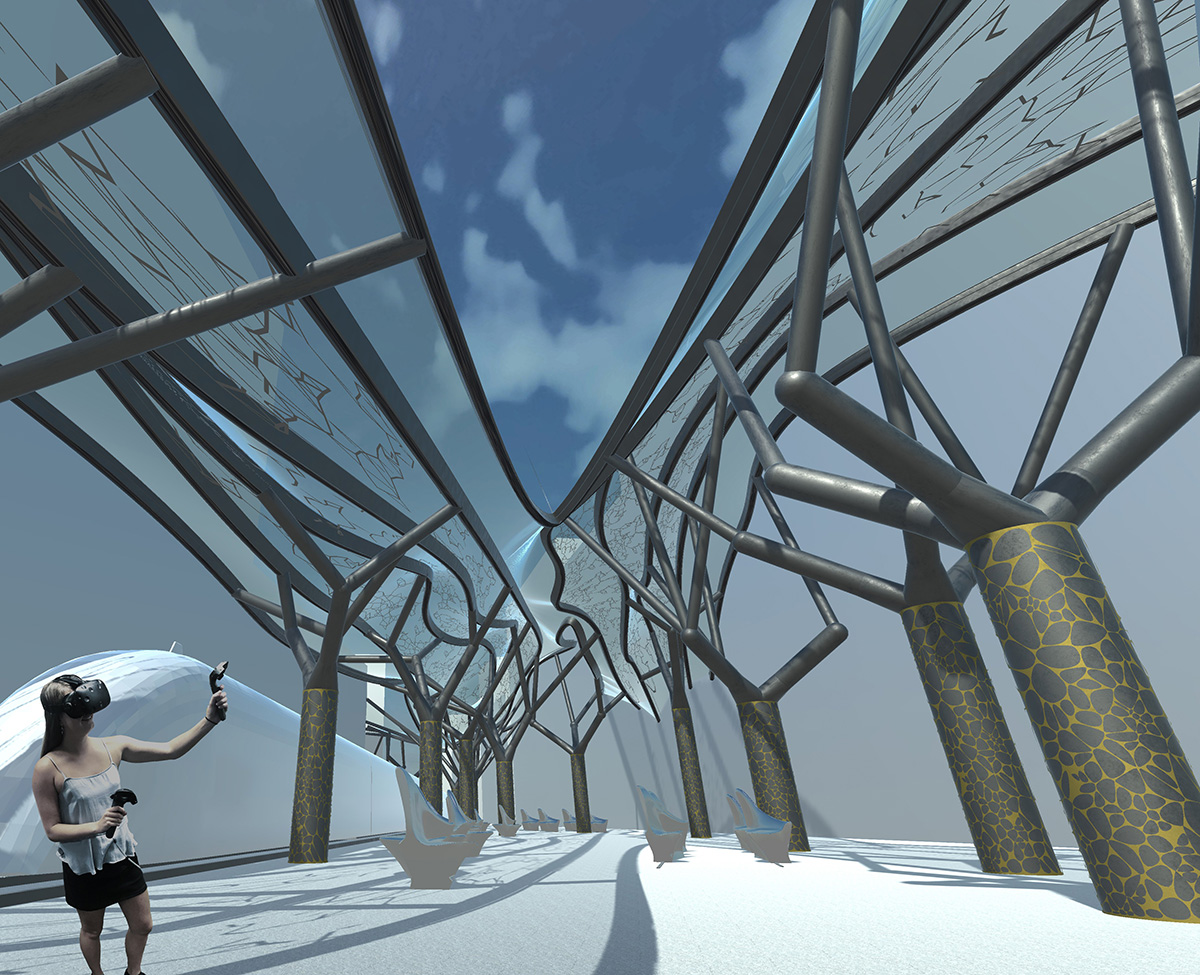
Figure 9 Immersive Virtual Reality Real-time Rendered in Unity3D
“Interconnective methodology ecosystem using the range of evolving digital tools in a generative way within this architectural design research proved very successful” (Rogers et al. 2018). Summarising the evaluation from the expert feedback candidates, all tools implemented work together extremely well for educational purposes.
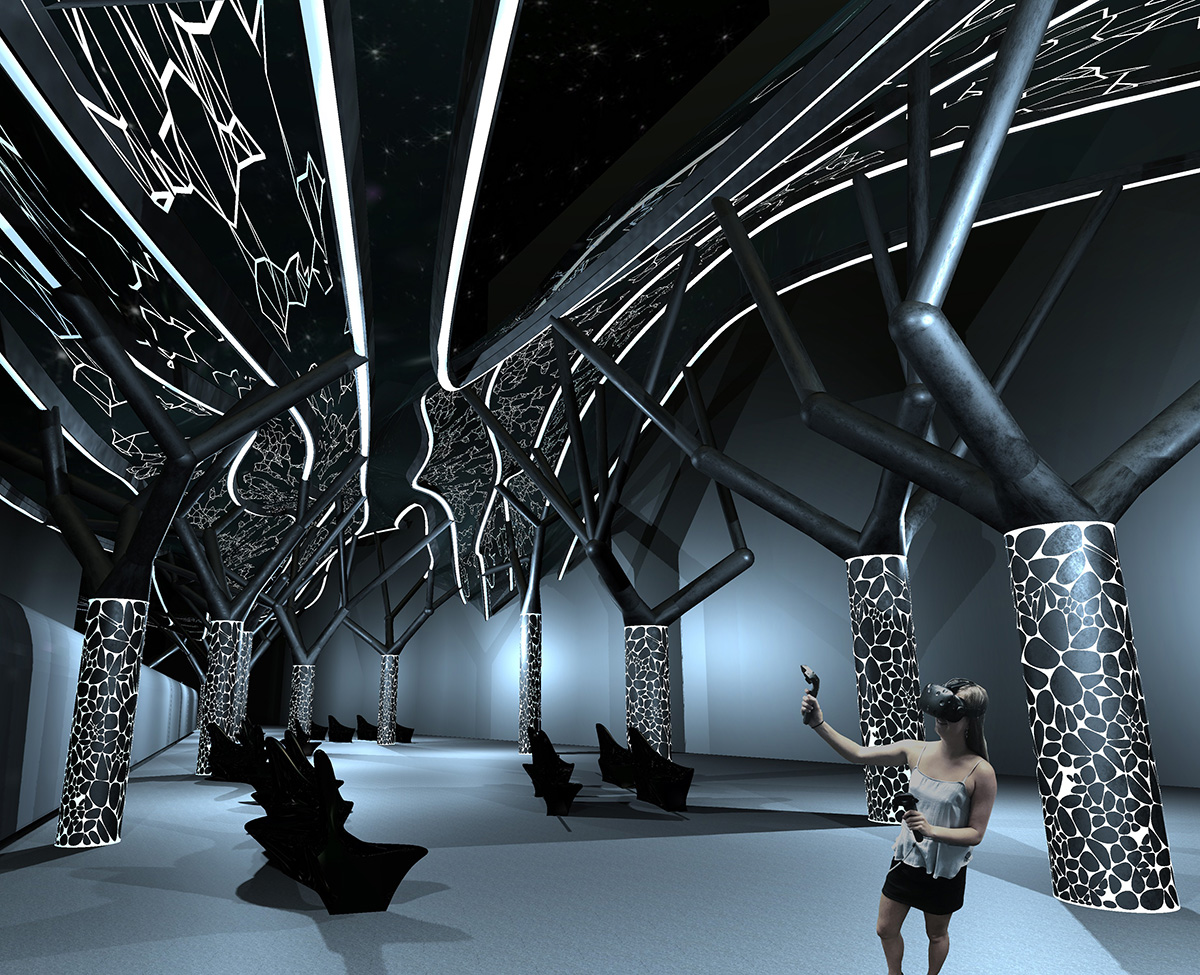
Figure 10 Immersive Virtual Reality Real-time Rendered in Unity3D Animation
They are new, evolving and creative with their outputs attention-grabbing (Schnabel et al. 2007). Within the professional practice, various tools could be implemented perfectly whereas some of them would not suit the industry from a time-cost perspective. Simply because they are time-consuming to learn, which could be challenging for the older generations (Segard et al. 2013).




























Comments